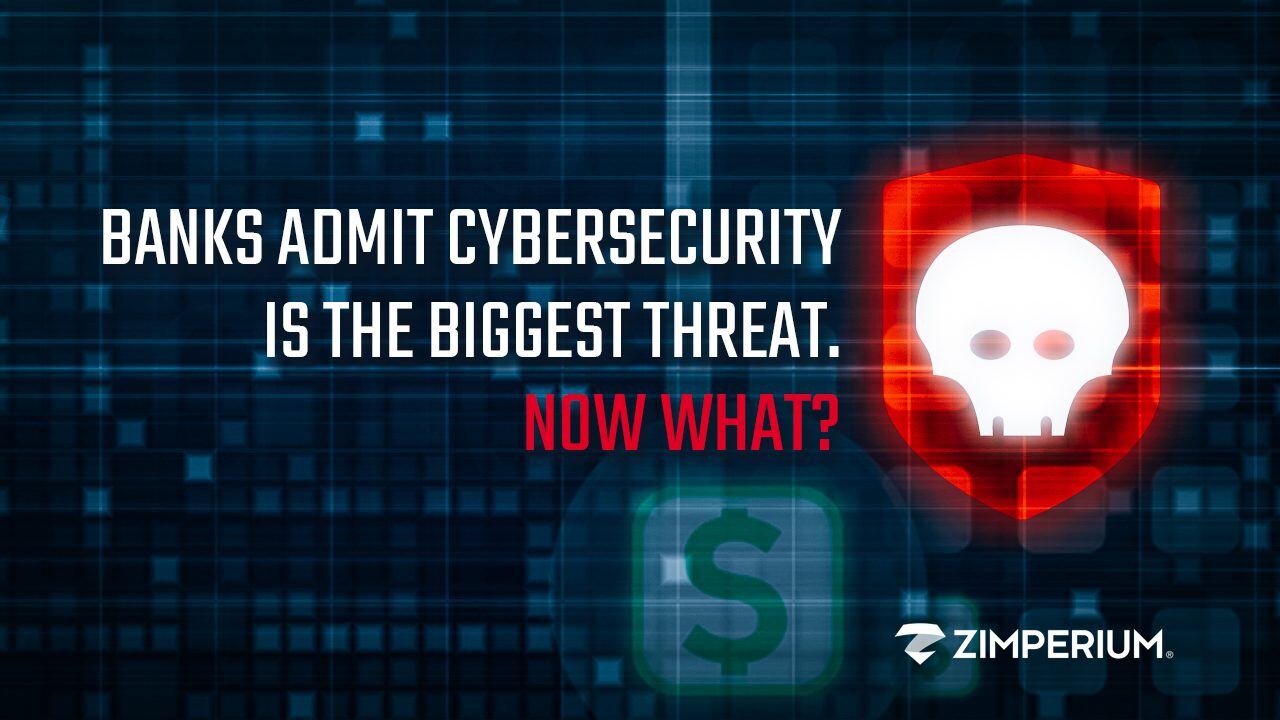
As government cyber teams feverishly perform damage control from the SolarWinds hack, one major question for CISOs and CIOs cannot be ignored: “Protecting traditional endpoints isn’t enough; how am I going to assess and protect my mobile devices?”
Threat visibility comes from sensors, and if your mobile devices don’t utilize a mobile threat defense (MTD) solution, it doesn’t have sensors, and you don’t have visibility.
So, is there something just waiting on your devices to enable a hack? Laterally moving to other parts of the infrastructure? How do you know? Referring to the Mitre ATT&CK Matrix will provide a better understanding of how many gaps you have in your enterprise.
SolarWinds should serve as another reminder for CISOs and CIOs. The reality is, COVID has brought skyrocketing phishing attacks, rogue Wi-Fi (MiTM attacks), and – at the same time – a near full pivot towards teleworking, and the use of BYOD.
Worse, the use of GFE mobile devices have provided a false sense of security because those devices may have VPN, mobile device management (MDM), and multi-factor authentication (MFA) technology. Unfortunately, none of these prevent device attacks or give the visibility needed during such crises.
Would you consider issuing a laptop to your employee without anti-virus protection? Fact is, mobile devices have become “the endpoint,” whether they have been authorized or not. They contain a treasure trove of data about an individual and organization, and many CISOs provision them as they would a laptop or desktop.
Fortunately, the DoD understood this threat, and began a Mobile Endpoint Protection (MEP) program to combat these attacks and paved the way for many others to understand that MDMs on GFE devices are simply not enough.
Learn more
To completely report on the battle damage from the SolarWinds and other breaches, you have to deploy sensors, and only MTD sensors can give you the visibility needed to credibly report on whether you have “contained” the damage. To learn more, contact us.

